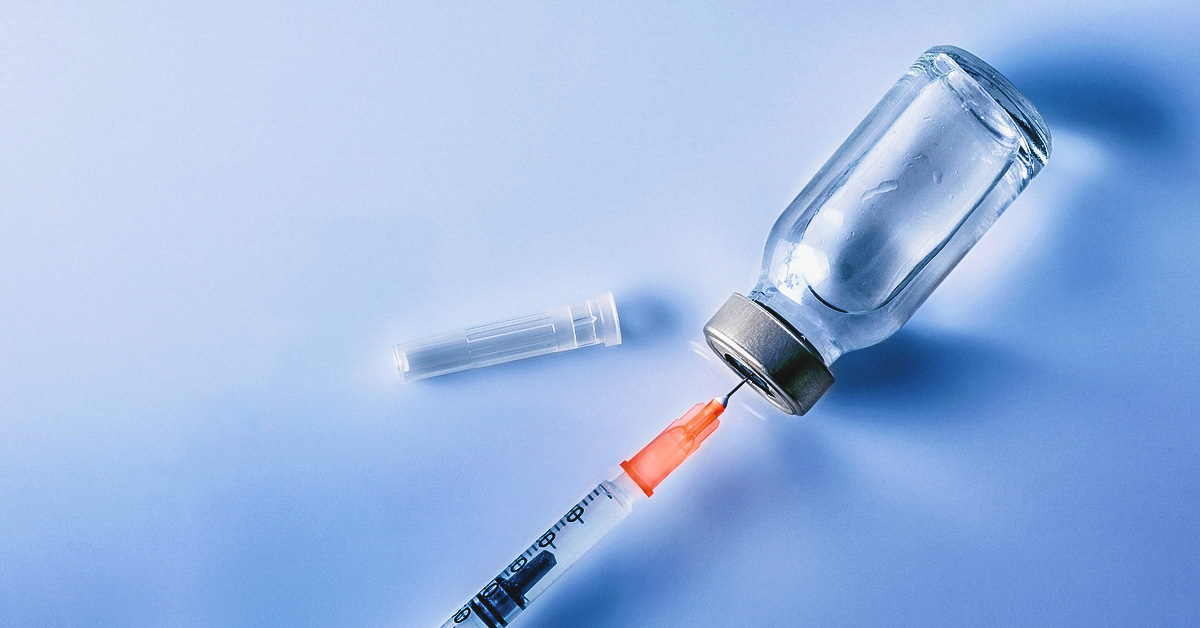What’s shingles?
Shingles is a painful rash caused by varicella zoster, the same virus responsible for chickenpox.
If you had chickenpox as a child, the virus hasn’t completely gone away. It hides dormant in your body and can reemerge many years later as shingles.
There are about 1 million cases of shingles each year in the United States and about 1 in 3 people in the United States will develop shingles in their lifetime, estimates the Centers for Disease Control and Prevention (CDC)
Who should get the vaccine?
Older adults are most likely to develop shingles. This is why the shingles vaccine is recommended for people ages 50 and older.
The U.S. Food and Drug Administration (FDA) has approved two vaccines to prevent shingles: Zostavax and Shingrix.
The Zostavax is a live vaccine. This means it contains a weakened form of the virus.
The Shingrix vaccine is a recombinant vaccine. This means vaccine manufacturers created it by altering and purifying DNA that codes for an antigen to produce an immune response to fight the virus.
The CDC recommends getting the Shingrix vaccine as the preferred option whenever possible. Shingrix is more effective and likely longer lasting than the Zostavax vaccine in preventing shingles.
Currently, the CDC recommends healthy people ages 50 and older get the Shingrix vaccine. Doctors administer the vaccine in two doses, which are given two to six months apart.
The Shingrix vaccine has high success rates in protecting people against shingles.
The Shingrix vaccine is as much as 90 percent effective in preventing shingles and postherpetic neuralgia. The Zostavax vaccine is about 51 percent effective in preventing shingles and 67 percent effective in preventing postherpetic neuralgia.
People should get the shingles vaccine if they meet the following criteria:
- are 50 years old or older
- are uncertain if they have or haven’t had chickenpox in the past
- have a history of shingles
- have received the Zostavax vaccine in the past
No maximum age exists for when a person can get Shingrix. However, if they’ve had the Zostavax vaccine recently, they should wait at least eight weeks before getting the Shingrix vaccine.
Who shouldn’t get the vaccine?
The shingles vaccines contain ingredients that can cause an allergic reaction in some people.
Avoid the Shingrix vaccine if you’ve ever had the following:
- a severe reaction to the first dose of the Shingrix vaccine
- a severe allergy to one of the components of the Shingrix vaccine
- have shingles currently
- are currently breastfeeding or pregnant
- had a negative test result for the varicella zoster virus
If a person tests negative for the virus, they should get the chickenpox vaccine instead.
If you have a minor viral illness (like a common cold), you can still get the Shingrix vaccine. However, if you have a temperature higher than 101.3°F (38.5°C), wait to get the Shingrix vaccine.
Avoid getting the Zostavax vaccine if you’ve ever had a severe reaction to:
- gelatin
- the antibiotic neomycin
- other ingredients in the vaccine
You’ll also want to avoid the Zostavax vaccine if your immune system is weakened due to:
- a condition that compromises your immune system, such as an autoimmune disease or HIV
- drugs that lower your immune response, such as steroids
- cancer affecting the bone marrow or lymphatic system, such as leukemia or lymphoma
- active and untreated tuberculosis
- cancer treatment, such as radiation or chemotherapy
- organ transplant
Anyone who’s pregnant or may become pregnant should also not get the vaccine.
People with minor illnesses, like a cold, can be vaccinated, but they may want to recover before doing so.
Shingles vaccine side effects
Mild vaccine side effects
Doctors have tested the shingles vaccines on thousands of people to ensure their efficacy and safety. Most of the time, the vaccine is safely administered without any side effects.
When it does cause reactions, they’re usually mild.
People have reported side effects including redness, swelling, itching, or soreness in the area of skin where they were injected.
A small number of people have complained of a headache after being vaccinated.
Serious side effects
In very rare cases, people have developed a severe allergic reaction to the shingles vaccine. This reaction is called anaphylaxis.
Signs of anaphylaxis include:
- swelling of the face (including the throat, mouth, and eyes)
- hives
- warmth or redness of the skin
- trouble breathing or wheezing
- dizziness
- irregular heartbeat
- rapid pulse
If you have any of these symptoms after getting the shingles vaccine, seek medical help right away. Anaphylaxis can be life-threatening.
Does the shingles vaccine contain thimerosal?
You may be concerned about additives to the shingles vaccine, like thimerosal.
Thimerosal is a preservative that contains mercury. It’s added to some vaccines to prevent bacteria and other germs from growing in them.
The worry about thimerosal arose when early research linked it to autism. This connection has since been found to be untrue.
Neither shingles vaccine contains thimerosal.
After getting the vaccine
Some people can experience side effects from the Shingrix vaccine, such as:
- muscle pain
- headache
- fever
- stomach pain
- nausea
These side effects may last between two and three days after receiving the vaccine.
Most of the time, a person can take an over-the-counter pain medication to reduce their symptoms.
However, if you or a loved one do experience severe side effects, contact the Vaccine Adverse Event Reporting System at 800-822-7967.
The Zostavax shingles vaccine is made from the live virus. However, the virus is weakened, so it shouldn’t make anyone with a healthy immune system sick.
People with an immune system weaker than normal do need to be careful. In very rare cases, people with weakened immune systems have gotten sick from the varicella zoster virus in the vaccine.
Talk to your doctor if you suspect that you have a weakened immune system.
It’s perfectly safe for you to be around friends and family members — even children — after getting the shingles vaccine. Rarely, people develop a chickenpox-like rash on their skin after they’ve been vaccinated.
If you get this rash, you’ll want to cover it. Make sure any babies, young children, or people who are immunocompromised and haven’t been vaccinated against chickenpox don’t touch the rash.





